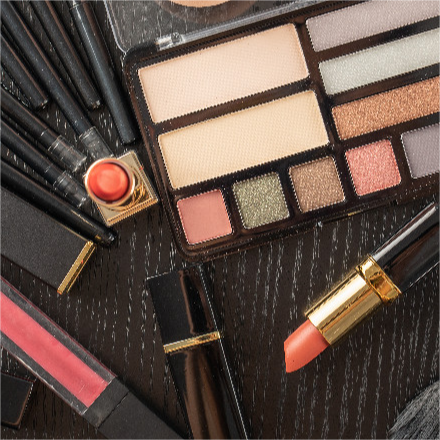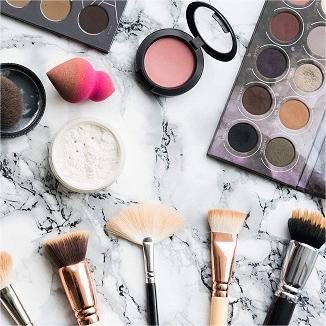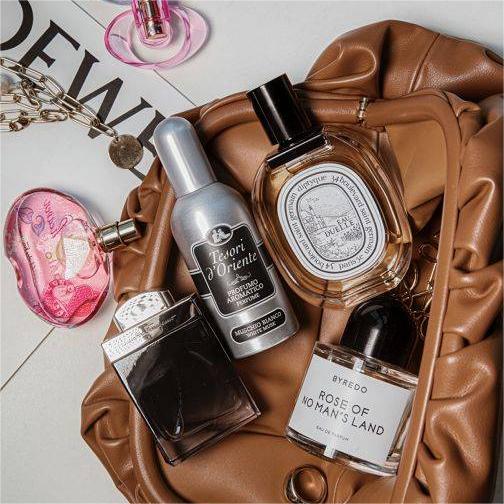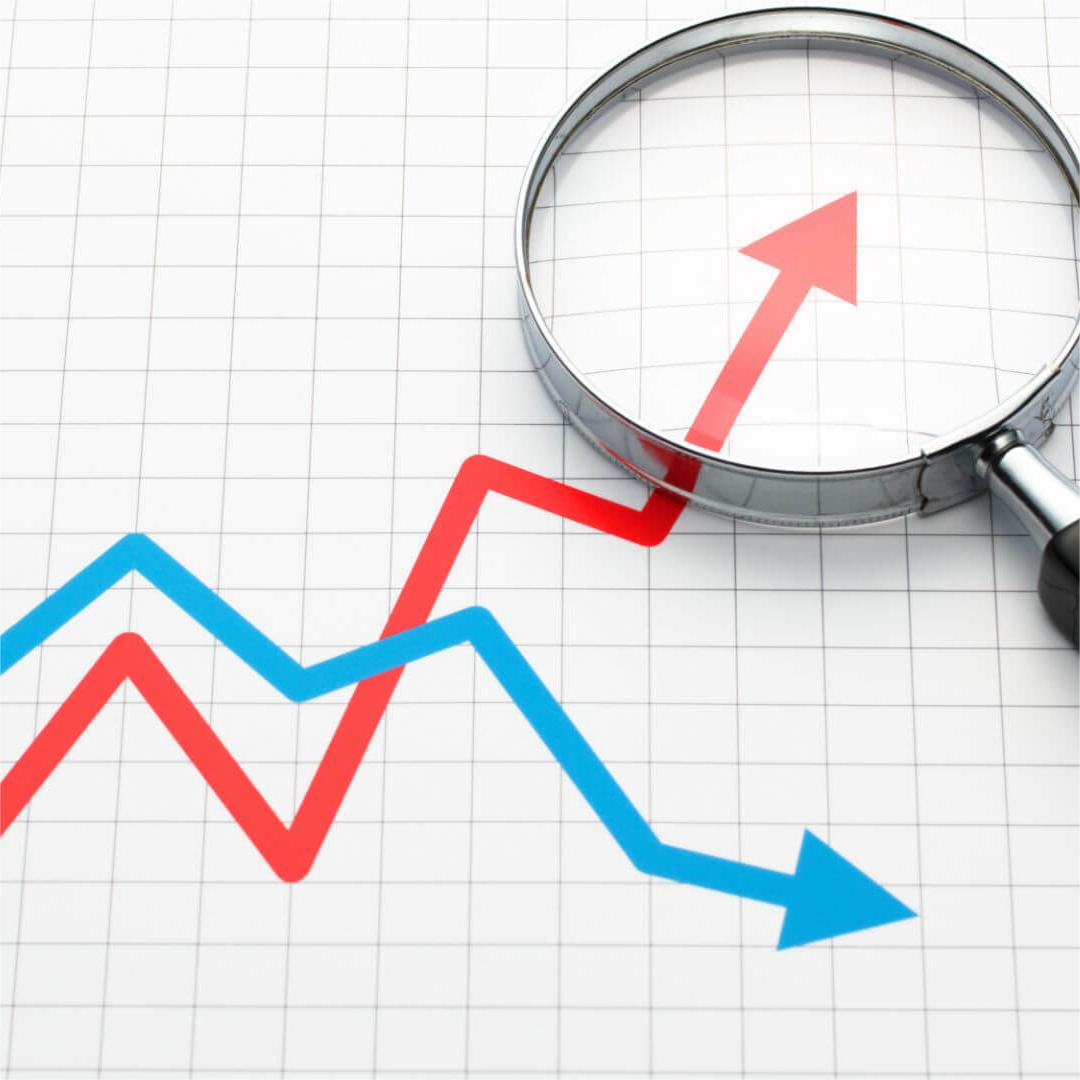An Overview of the Global Beauty Industry
Beauty has shown a strong and sustained growth momentum as global consumer markets recovered from the epidemic. In the past three years, the global beauty market has maintained rapid growth, and the market size has continued to refresh records. According to the latest data, the global beauty market in 2023 reached an astonishing 343.27 billion dollars, with a year-on-year growth rate of 2.7%, reaching a new high.
The beauty market mainly covers three categories: skin care products, cosmetics and perfumes. Among these three categories, skin care products have always been the largest subdivision track with a huge consumer base and a wide range of application scenarios. In 2023, the market size of skin care products reached 181.2 billion dollars, accounting for more than 50% of the total beauty consumption, showing its strong market attraction and growth potential.
However, among the various segments of the beauty market, the growth performance of the cosmetics category is particularly impressive. Cosmetics are the fastest growing segment due to consumers' pursuit of personalization and fashion, as well as the continuous innovation in cosmetic products. In 2023, the growth rate of cosmetics is as high as 11.6%, much higher than the average growth rate of the overall beauty market (8.9%), showing the great vitality and growth potential of the cosmetics market.
Specific to each subcategory, facial skin care products, with a market share of 108.9 billion dollars, sit at the top of the beauty subcategory firmly, becoming the only beauty subcategory with a scale of more than 100 billion. The perfume category followed with a market size of 58.27 billion dollars, ranking second in the size of the subcategory. In terms of growth rate, lip cosmetics led the growth list of beauty subcategories with a year-on-year growth rate of 19.5%, showing its unique charm and growth potential as a niche segment. Meanwhile, facial cosmetics and sunscreen products ranked in the top three on the growth list with a growth rate of 11.5% and 10.6%, respectively, further confirming the rapid growth trend of the cosmetics market.
Regarding geographical distribution, Europe, North America, Japan, and South Korea account for more than 50% of the global beauty market, maintaining a dominant position. However, in recent development, various regional markets have also shown different growth characteristics and trends. Since 2021, all regional markets have ushered in a post-epidemic growth recovery stage. In 2022, the growth of Europe, Japan and South Korea markets is under pressure, while emerging markets such as Southeast Asia have achieved rapid growth at a growth rate of 12.7%, becoming an emerging force in the global beauty market By 2023, the global key beauty consumer markets collectively ushered in a wave of rapid growth, and the European, Japanese and Korean markets rebounded significantly. Among them, the growth of the European market is mainly driven by the supply of mature international brands and high-end consumer demand, showing its profound heritage and growth potential as a traditional beauty market. The Japanese and South Korean markets pay more attention to diversified innovation, providing a broader space for growth for new and old brands and local and even foreign participants.
Overall, the global beauty market has shown a strong momentum of growth, the market scale continues to expand, and the subdivisions and regional markets have also shown diversified growth characteristics and trends. In the future, with the constant changes in consumer demand and the intensification of market competition, the beauty industry will usher in a broader space for development and challenges. Therefore, for beauty companies, it is necessary to keep up with market trends and changes in consumer demand and constantly carry out product innovation and market expansion to remain invincible in the fierce market competition.














 WhatsApp
WhatsApp Wechat
Wechat